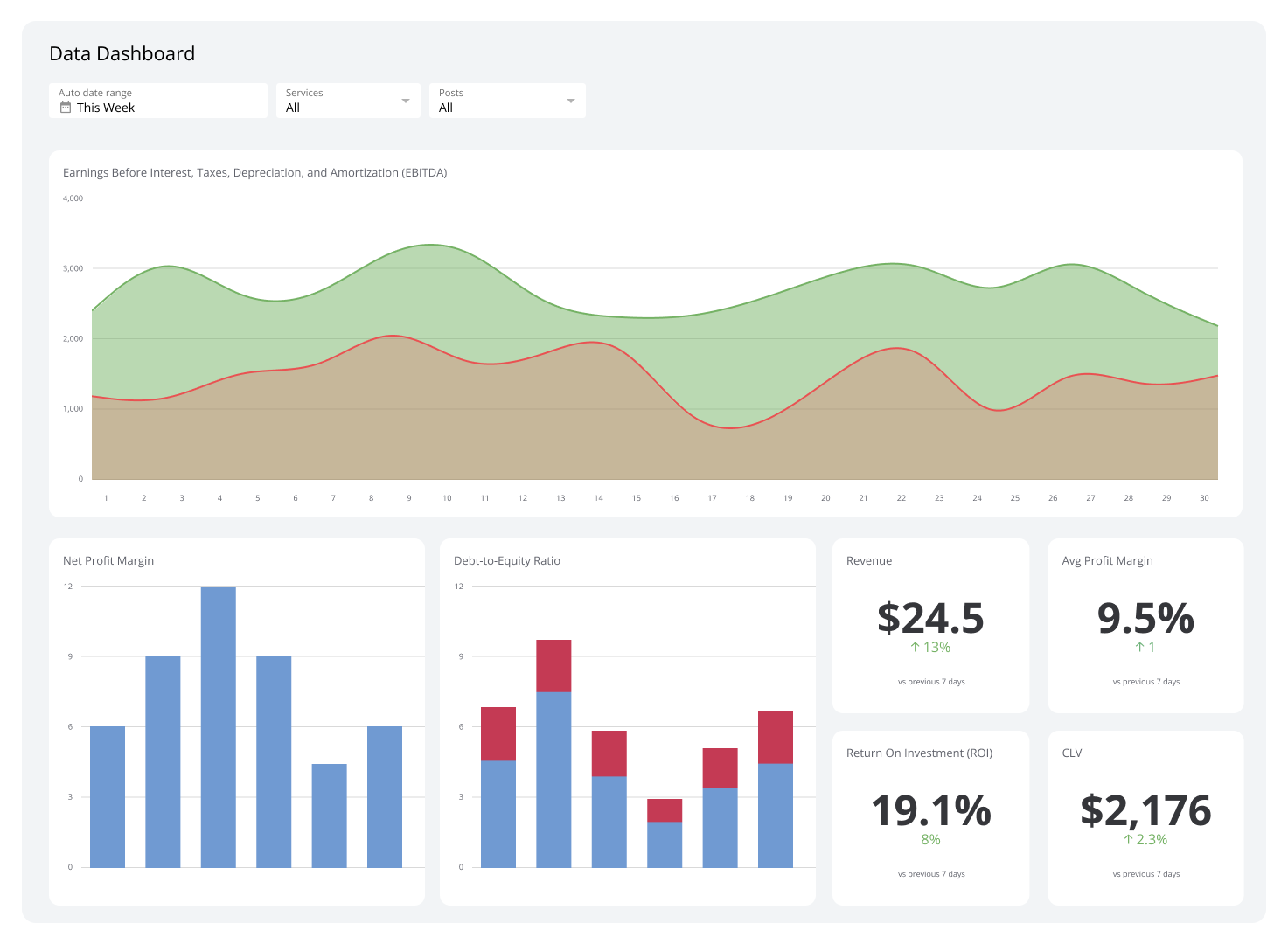3 Steps to Reboot Customer Loyalty

Published 2023-10-08
Summary - Customers show their loyalty to brands with their spending power. Learn about the 3 steps to take to reboot your customer loyalty efforts.
Beyond points and “likes”. True loyalty creates value for the customer and sustainable, tangible growth for the business.
More than half (53%) of consumers indicated that they were much more likely to buy from a local business instead of a national retailer during the COVID-19 crisis as a way to support local businesses and the local economy. This is loyalty. Loyalty to a community and a show of solidarity.
Prior to this crisis, customers have always shown their affiliation through their spending power. “Loyalty” strategies employed by retailers, vendors, and businesses have been around for many decades as well. Why? Because nurturing your best customers pays off. Let’s be clear, customer “points” programs are one way to entice purchase behaviour and social media “likes” are but one minor indicator but true loyalty is about so much more. Loyalty that can be defined as being part of a community requires:
- a deep understanding of customers behaviours, needs, wants, and motivators
- relationships and relevance to customer needs
- identifying "moments of truth" that influence customer retention
This type of "knowing" can create incremental revenue increases (because the customer sees value) that in turn drive big results, achieving profitable, sustainable growth for the business. This is why it works.
A blend of science and art
Loyalty strategies blend the science of segmented customer management (the division of your market into meaningful and measurable segments according to needs, past behaviours and demographic profiles) with the art of marketing (creating meaningful conversations) to optimize net revenue.
When customer purchase behaviour data is combined with relevant, targeted, and personalized communications, it drives results.
3 steps to reboot your customer loyalty efforts
Step 1: Get real
Start by accepting a core fundamental truth: all customers are not equal.
Are you treating every customer the same way? If so, you might be under-serving some and over-serving others. This leads to lost opportunities to deepen relationships and win more business from deeply loyal and high growth-potential customers while investing time and effort into others who will never become frequent buyers.
It's important in this first step to understand where you’re at now. You’ll want to answer these questions as you develop your customer segments:
- Who are your best customers and why?
Some companies define their best customers by looking at metrics such as transaction recency, repeat purchases, purchase lift or the number of successful referrals made by a customer.
- How do you recognize your best customers for their loyalty?
Your best customers are those that have an emotional relationship with your company that goes well beyond the purchase - nurturing those customers can lead to more profits and more referrals.
- What are you doing to ensure those customers become raving fans?
Creating long-lasting relationships with your best customers will save you time and resources down the road as finding new customers is a much more expensive endeavour than nurturing those that you have acquired already.
To get these answers, you’ll want to launch an 8-phase iterative process. We’ll look at the first three phases in this step:
- Secure transactional data
Take a closer look at your customer data to view metrics such as purchase frequency, average order value, or customer lifetime value.
- Interpret the data
In this stage of the process, you’ll want to dig deeper into the data to understand your customers’ behaviours, characteristics, and purchase trends.
- Develop key customer segments
Once you understand your customers a bit better, you’ll want to group them into clearly defined customer segments.
Customer segments need to reflect purchase behaviour, which may be a different approach than your existing segmentation. You’re looking for three segments:
- Best customers
- Growth opportunity customers
- Lower spend customers (aka the rest)
Step 2: Get ready
The goal of step two is to create a strategy that allows you to “Move the Middle”: the art of driving incremental frequency and purchase volume from your Growth Opportunity Customers.
With your segments in hand, the next phase involves preparation for targeted marketing, communications, recognition and incentive strategies.
For your best customers, this means ensuring that they are appreciated and rewarded for their loyalty and their purchases. This group will become your brand evangelists, growing their loyalty over time and attracting new customers to you with their stories.
Your growth customers are your biggest opportunity
Too often businesses focus on the lower spend customers, investing significantly to try to boost their spend. The return on that investment is generally low. While you want to recognize all customers and treat them well, the biggest revenue opportunity lies with your best and growth segments. At Differly, we call this “Moving the Middle.” Here, you can strategically grow your customers' average basket size and frequency of visits, encouraging new product and category trials and incentivizing customers to add incrementally to their purchase behaviour.
Step 3: Get revenue
The combined power of data and marketing are now at work.
If all is going to plan, your best customers are sticking with you and recommending you to others, and your growth customers are buying more and becoming more loyal. Revenue will be increasing, and as an added bonus, you’re learning about what works, so you can adjust tactics to optimize outcomes.
Don’t take your eye off the ball. This is your chance to learn and refine, and to target ‘lookalike’ customers - those who most closely resemble your Best Customers. At Differly, we use an 8-phase proven process to help our clients build loyalty with their customers. We’ve talked about the first three steps in the process already:
- Secure transactional data
- Interpret data to understand customers' behaviours and characteristics
- Develop key customer insights
The rest of the steps in the process are much more tactical in nature:
- Engage your customers with relevant and personalized communications
Once you know a bit more about your customers, you can send targeted messages that show your customers that you care about them as human beings - not just as revenue generators for your business.
- Move customers along the value chain by incentivizing for incremental increase in spend
There are a number of ways that you can turn a purchaser into a loyal customer who will spend more with your business over time - discounts, point systems, rewards, or simply providing excellent customer service.
- Recognize, acknowledge and retain best customers
Customer retention is probably the most important loyalty metric because it represents the proportion of an organization’s customers that remain loyal from year to year - understanding this metric and putting some focus on these customers will produce strong results.
- Use the learnings and data to find new customers
Leveraging data, you can identify “lookalike” customer segments to target that share the same or similar characteristics to your best customers.
- Test, learn, and adjust
Since this process is an iterative one, you’ll want to spend time testing, learning, and analyzing the results and adjusting your programs and campaigns accordingly.
Knowing who your best customers are is a great step toward improving your relationships and increasing revenue but steps 4 through 8, as outlined above, will allow you to engage your best customers and let them know you appreciate their business deeply.
The best time to begin is now
The best time to reboot customer loyalty is now.
Even if you’ve been “on pause” most of the year, you can restart with a rebooted plan to understand, capture, and sustain the loyalty of your customers. Loyal customers will support you because you know them and serve them better than anyone else, even as you navigate new distribution channels.
Companies who implement data-driven customer loyalty strategies outperform those who don’t. The benefits of retention, growth, and attraction are within your reach.
Want to dig in even more? Download our e-book, Reboot Customer Loyalty and let’s talk!
About the Author
Vicky Freed, Chief Strategist, Loyalty, Data and Customer Performance
Vicky is a seasoned business performance strategist and leader who drives improved marketing and business results through the smart, effective use of data. Having the unique ability to speak data and business equally, Vicky helps organizations better understand and leverage their customer and organizational data, utilizing it to transform their performance, develop loyalty and growth strategies.
She has extensive cross-functional leadership experience and a blend of strategic, operational and analytic expertise. With a career spanning 20 years, Vicky has developed a consistent track record for using data and analytics to transform organizational results across multiple markets, organizations, and sectors.





